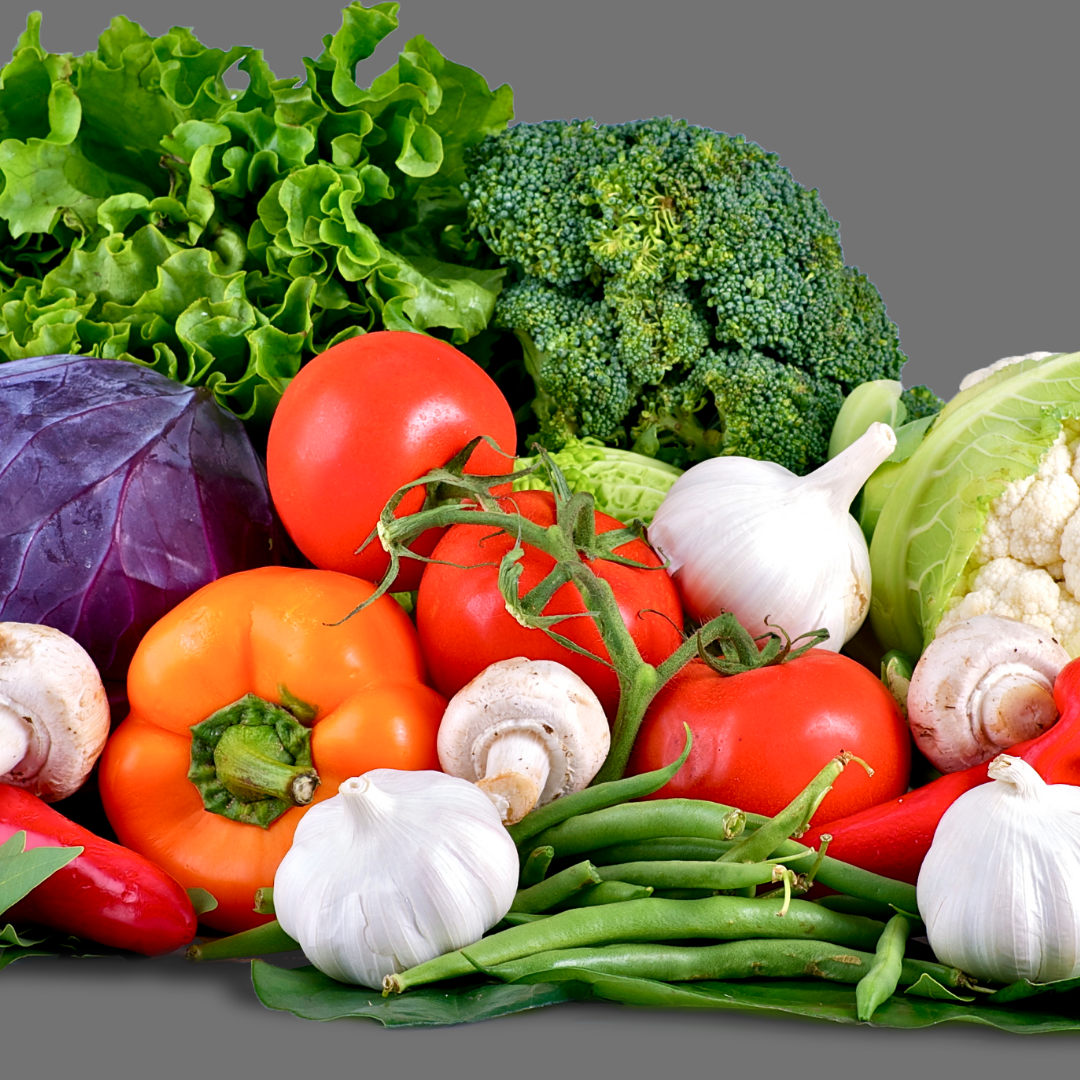Eating out at restaurants or grabbing takeout can be enjoyable and convenient, but it can also present challenges when it comes to making healthy food choices. The abundance of tempting options and hidden ingredients in restaurant dishes can make it difficult to stay on track with your wellness goals. However, with a little knowledge and some smart strategies, you can navigate menus and make healthier choices while still savoring your dining experience. Here are some tips on how to make healthy food choices when eating out:
Research the Restaurant
Before heading to a restaurant, take some time to research its menu and look for healthier options. Many restaurants now provide their menus online, making it easier to plan ahead and choose dishes that align with your dietary preferences and goals.
Prioritize Vegetables and Whole Grains
Look for dishes that include a variety of vegetables and whole grains. Vegetables are rich in vitamins, minerals, and fiber, while whole grains provide sustained energy. Choose salads, vegetable-based soups, whole grain wraps, or grain bowls to incorporate these nutritious elements into your meal.
Opt for Lean Protein
Protein is essential for maintaining muscle mass and promoting satiety. Choose lean protein sources such as grilled chicken, fish, tofu, or legumes. Avoid deep-fried or heavily breaded options, as they can be higher in calories and unhealthy fats.
Be Mindful of Portion Sizes
Restaurant portions tend to be larger than what we would typically consume at home. Consider sharing a dish with a friend or ask for a half portion. Alternatively, pack half of your meal to-go for a ready-made lunch or dinner for the next day.
Choose Healthy Cooking Methods
Look for dishes that are grilled, steamed, baked, or broiled instead of fried or sautéed. These cooking methods minimize the use of added oils and reduce the overall calorie content of the dish.
Request Modifications
Don’t be afraid to ask for modifications to make a dish healthier. Request salad dressings, sauces, or condiments on the side, so you have control over the amount you use. Ask for steamed or sautéed vegetables instead of fried options. Most restaurants are willing to accommodate reasonable requests.
Pay Attention to Preparation Techniques
Avoid dishes that are described as fried, crispy, creamy, or smothered, as they are often higher in calories and unhealthy fats. Instead, choose dishes that are described as grilled, baked, roasted, or lightly seasoned.
Limit Added Sugars and Sodium
Keep an eye out for hidden sources of added sugars and sodium. Salad dressings, sauces, and marinades can contain significant amounts of these ingredients. Ask for dressings on the side or choose vinaigrettes made with olive oil and vinegar. Request dishes to be prepared with less salt or ask for salt to be omitted entirely.
Drink Water or Unsweetened Beverages
Calorie-laden beverages like sodas, sweetened teas, and alcoholic drinks can contribute to excessive calorie intake. Opt for water, unsweetened iced tea, or sparkling water with a slice of lemon or lime as healthier beverage choices.
Practice Mindful Eating
Be mindful of your eating habits while dining out. Slow down, savor each bite, and listen to your body’s hunger and fullness cues. Pay attention to portion sizes and stop eating when you feel satisfied rather than overly full.


Remember, making healthier choices when eating out is about balance and moderation. It’s okay to enjoy indulgent treats occasionally, but making conscious decisions most of the time can contribute to a healthier lifestyle. By planning ahead, prioritizing nutritious options, and being mindful of your choices, you can enjoy dining out while still

